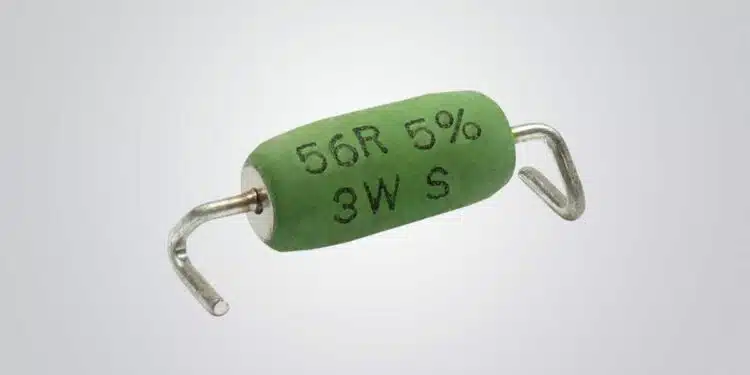Vishay Intertechnology, Inc. announced that its AC03-CS series of axial cemented, leaded wirewound safety resistors is now available with a pick and place-friendly lead bending option, the WSZ lead form.
This feature enables the devices to be used as surface-mount components, reducing assembly time and lowering costs.
The Vishay Draloric AC03-CS series wirewound resistors serve as inrush current limiting resistors during normal operation and function as pre-charge, discharge, and snubber resistors.
They are designed to ensure safe and silent fusing in automotive electronics, energy meters, and power supplies for industrial drives and consumer appliances when high DC voltage overloads or accidental AC mains voltage of 120 VRMS/240 VRMS is applied.
Operating in challenging operating conditions, these devices span a wide temperature range from -40°C to +200°C. They feature a robust, non-flammable silicone cement coating that conforms to UL 94 V-0. This coating safeguards the PCB and other components by minimizing the risk of fire due to extreme electrical overloads, eliminating the need for additional fuses in series.
The AEC-Q200 qualified AC03-CS series boasts a high surge voltage capability of up to 4 kV (1.2/50 µs pulse per IEC 61000-4-5) and a power rating of 3 W at an ambient temperature of 40°C. They offer resistance from 1 Ω to 100 Ω, with a resistance tolerance of ± 5% and a temperature coefficient (TCR) of ± 200 ppm/K. RoHS-compliant, halogen-free, and Vishay Green, these resistors feature tin-plated terminations, ensuring compatibility with lead-free and lead-containing soldering processes.
Samples and production quantities of the AC03-CS series resistors with WSZ lead forms are now available, with lead times of 12 weeks.
































